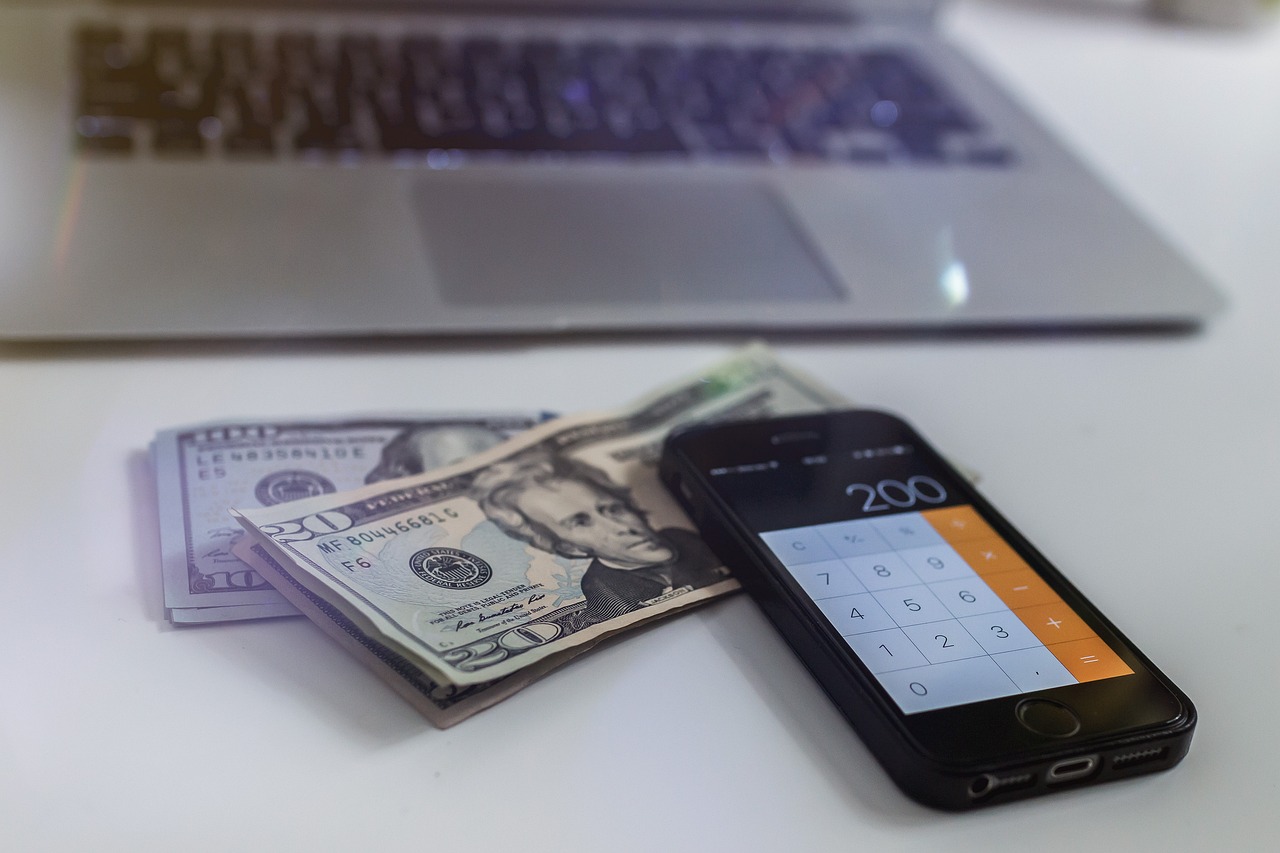Unlike a Chapter 7 filing, when all eligible debts are discharged, a Chapter 13 bankruptcy allows those with a regular income to reorganize their debts and repay them over time. But how much will the monthly Chapter 13 payment be, and how long will the payment plan last? Here are all the details you need to know if Chapter 13 is the right option for you.
Review: Chapter 13 Bankruptcy
Chapter 13 Bankruptcy is meant to assist people with a regular source of income – whether a salary, pension, or social security payment – but are dealing with overwhelming debt. Chapter 13 allows debtors to keep their property while developing a manageable repayment plan instead of liquidating their possessions to repay debts.
The Chapter 13 Payment Plan
Those choosing Chapter 13 bankruptcy must file their bankruptcy petition and repayment plan simultaneously. The Chapter 13 plan outlines how the filer intends to pay their creditors and determines how much they will be paid. Under these circumstances, the plan requires monthly payments to a Bankruptcy Trustee who will pay creditors. Those creditors with unsecured debt, such as credit cards, will likely be paid a small percentage of the amount owed to them – if they are paid anything at all.
Chapter 13 plans typically last between 3 and 5 years. The plan’s duration depends upon whether the petitioner’s income is above or below Florida’s median household income. If annual income is less than that threshold, the plan may last three years, but some debtors opt to stretch out their payments over 60 months to reduce monthly payments.
Florida’s Median Income: As of this writing, Florida’s mean income ranges from $60,429 for an individual to $100,476 for a family of four. Families with more than four people can add $9,900 per individual. Source: United States Trustee
Factors That Impact the Plan Payment
The bankruptcy trustee utilizes several factors to determine the amount and structure of Chapter 13 payments. These factors include:
- Disposable Income: The basis of the plan payment is the amount of disposable income, defined as the income left over after deducting reasonable living expenses. Necessary and reasonable payments typically include mortgage or rent, food, utilities, and transportation expenses. The disposable income represents the amount available to pay towards debt.
- Priority Debts:Tax obligations, child support, and alimony are deemed priority debts, which must be paid in full via the Chapter 13 Bankruptcy Plan.
- Secured Debts: Secured debts are attached to collateral – such as a mortgage or a car loan. Filers must keep up with regular monthly payments to retain the asset. Therefore, the Trustee may include any arrearages of secured debt in the repayment Plan.
- Non-exempt property: Non-exempt property can be liquidated in a Chapter 7 bankruptcy. In Chapter 13, the more significant the value of the non-exempt property, the larger the plan payment.
- Length of Chapter 13 Payment Plan: The plan payment will be based on the stated duration of the plan and the total amount of debt to be repaid.
A Chapter 13 payment plan is determined by adding priority debts, arrearages on secured debts, disposable income, and non-exempt property. The total represents the plan payment, which is then divided by 36 to 60 months to calculate monthly plan payments.
Personal bankruptcy, whether Chapter 7 or Chapter 13, is a complex legal process. While the above article explains the concepts involved with repayment plans, every situation is unique and should be reviewed by an experienced bankruptcy attorney. Bankruptcy attorneys like Richard V. Ellis and his team are vital to ensure that any Chapter 13 Bankruptcy Plan payment accurately represents the individual’s financial situation – and that they are given the best chance at reestablishing their financial footing.
Call the Sarasota law offices of Richard V. Ellis today to learn more about your options for Chapter 7 or Chapter 13 bankruptcy.





